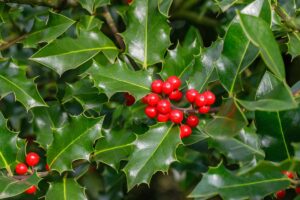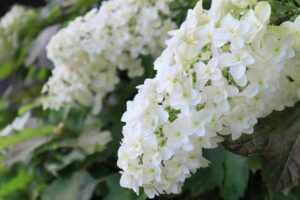Oleander, Nerium oleander, is one beautiful yet tough flowering shrub.
Grown outdoors, it will bloom in a cascade of white, red, salmon-pink, or orange hues. It can thrive in salt air, scalding temperatures, intense humidity, and drought. It’s also deer-proof!
But oleander does have one nemesis: the cold. This ornamental shrub will only grow as a perennial in USDA Hardiness Zones 8 to 11.
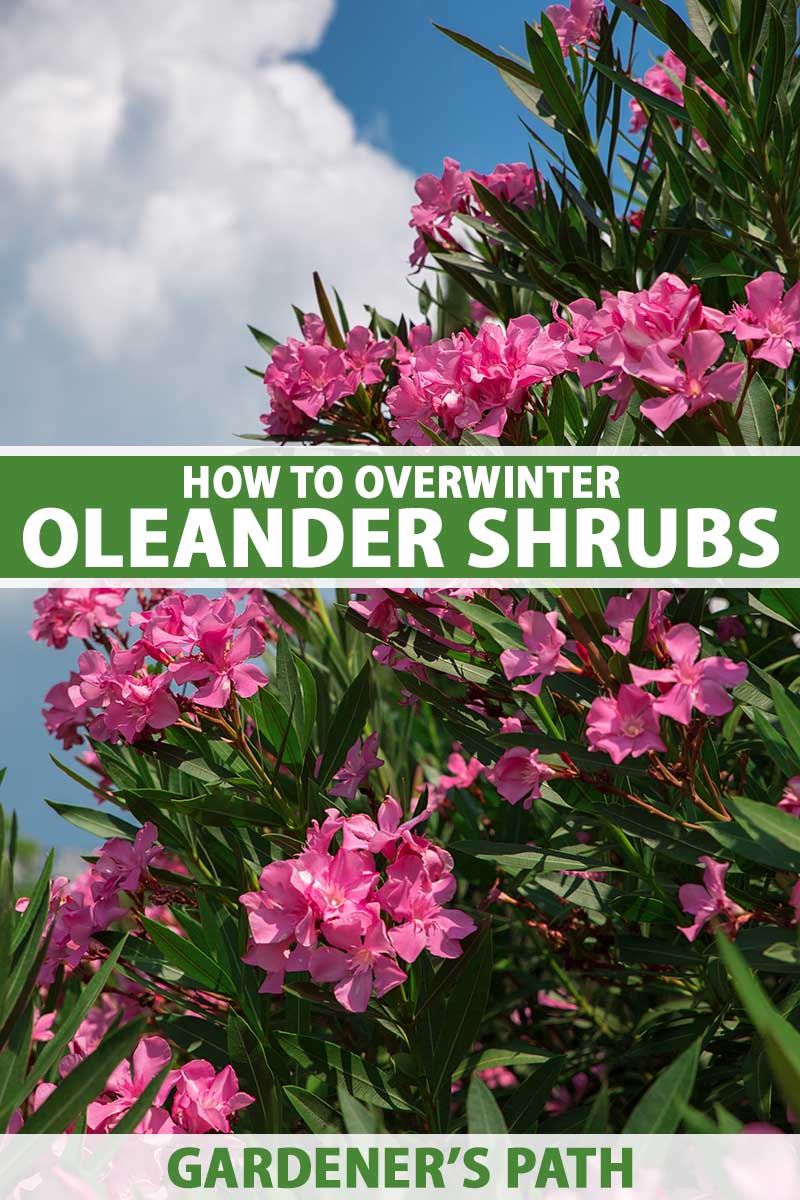
We link to vendors to help you find relevant products. If you buy from one of our links, we may earn a commission.
You can still grow oleander in Zones 4 to 7, which are far colder. But in these regions where the average low temperature for the season falls below 10°F, these shrubs can’t survive the winter.
Or rather, it can’t survive without your help.
You can take steps to overwinter these shrubs, and this guide will share the best methods.
Here’s the lineup:
What You’ll Learn
Does Your Oleander Need Winter Protection?
Oleander doesn’t need any extra care for the winter as long as you’re growing it in USDA Hardiness Zones 8 to 11.
In-ground care for oleander growing in these climates is the same as it is throughout the rest of the year: you can mostly leave it to its own devices unless you want to prune or shape it.
You can learn more about pruning and find care tips in our guide to growing oleander.
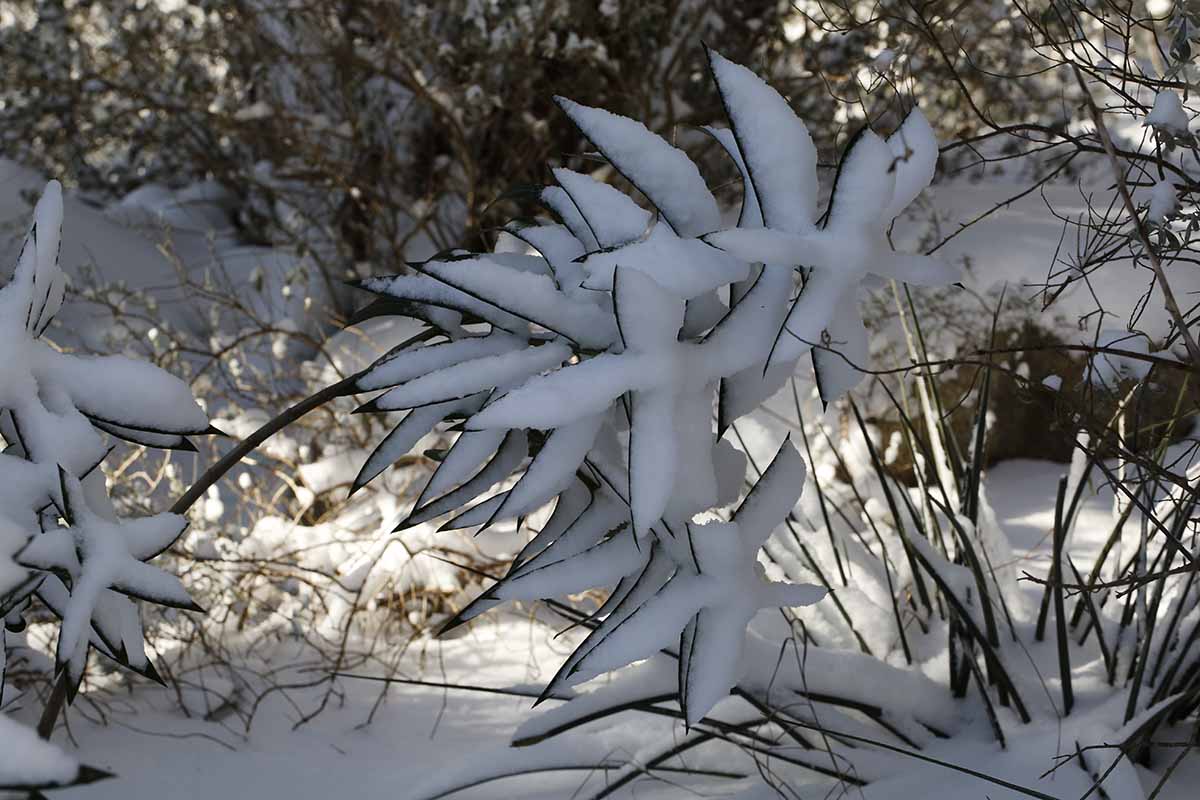
I do have one suggestion for plants growing in the ground within these zones, though.
If they’re less than a foot tall when winter approaches, you may want to mulch around them to protect them from the coldest temperatures and help the soil to retain moisture.
Learn more about using mulch for low-maintenance gardening in our guide.
Once N. oleander is established, if grown within the recommended range, it won’t need such coddling.
But if you’re growing it in Zones 4 to 7, with average low winter temperatures below 10°F, the plant will die if you don’t bring it indoors in wintertime.
In these cooler growing zones, opt to grow your plants in containers so you can transport them readily when cold weather is on the way.
It is possible to plant the shrubs directly in the soil in your garden or landscape and then dig them up to overwinter, but I don’t recommend it.
When you’re gardening in a region where oleander can’t withstand wintry conditions, planting it in a plot or patch will demand far more effort when it’s time to move the plant, versus growing it in a container to begin with.
All that digging and toting robs this plant of one of its best traits, as it’s typically very easy to care for. Once the larger varieties exceed five or six feet tall, you’ll have a battle on your hands to bring them out of the ground to move into protected quarters.
Coming up, we’ll go over the recommended steps for protecting oleander shrubs from the cold in Zones 4 to 7. First, a few words about safety.
Precautions for Indoor Oleander Care
While being able to move such a pretty shrub indoors to survive harsh winters might sound desirable, only do so if it won’t potentially threaten anyone living in the home with accidental poisoning.
All parts of the N. oleander plant can cause gastric or heart distress, or even a fatal reaction, if ingested by a person or pet.
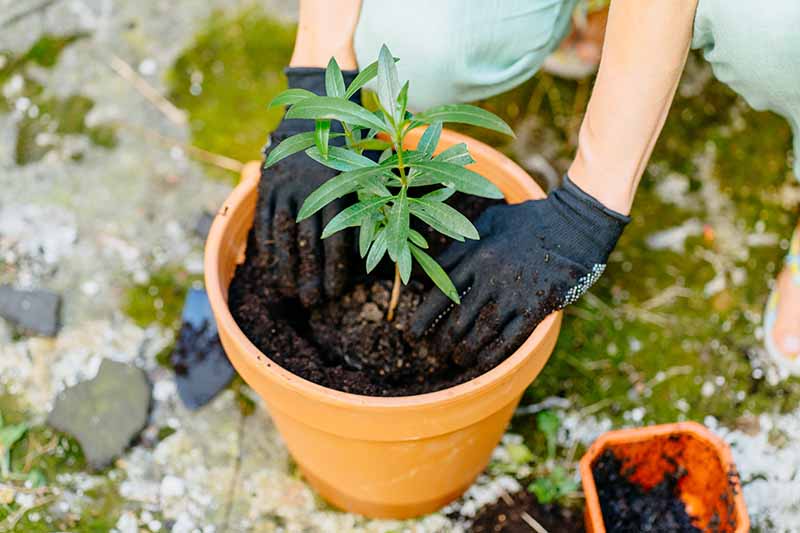
If you have the type of dog or cat that will chew on anything green, this may not be a viable plant to bring indoors, or even into the garage, to protect it from the elements.
And parents of young kids or gardeners who host lots of visitors may want to skip overwintering this toxic plant indoors as well.
You’ll also need to take steps to protect your skin when handling oleander. More of an annoyance that is not life-threatening, these shrubs contain saponins, which can irritate your skin if you touch any part of the plant from roots to stems to blooms.
So make sure to wear garden gloves to protect your hands while you take steps to protect the shrubs from cold temperatures. And if you’ll be carrying larger specimens in your arms, make sure to wear long sleeves.
Pre-Planning
This isn’t one of those gardening experiences where you might belatedly realize a plant will be threatened by a freeze and race out with sheets and rocks to try to cover it at the last minute.
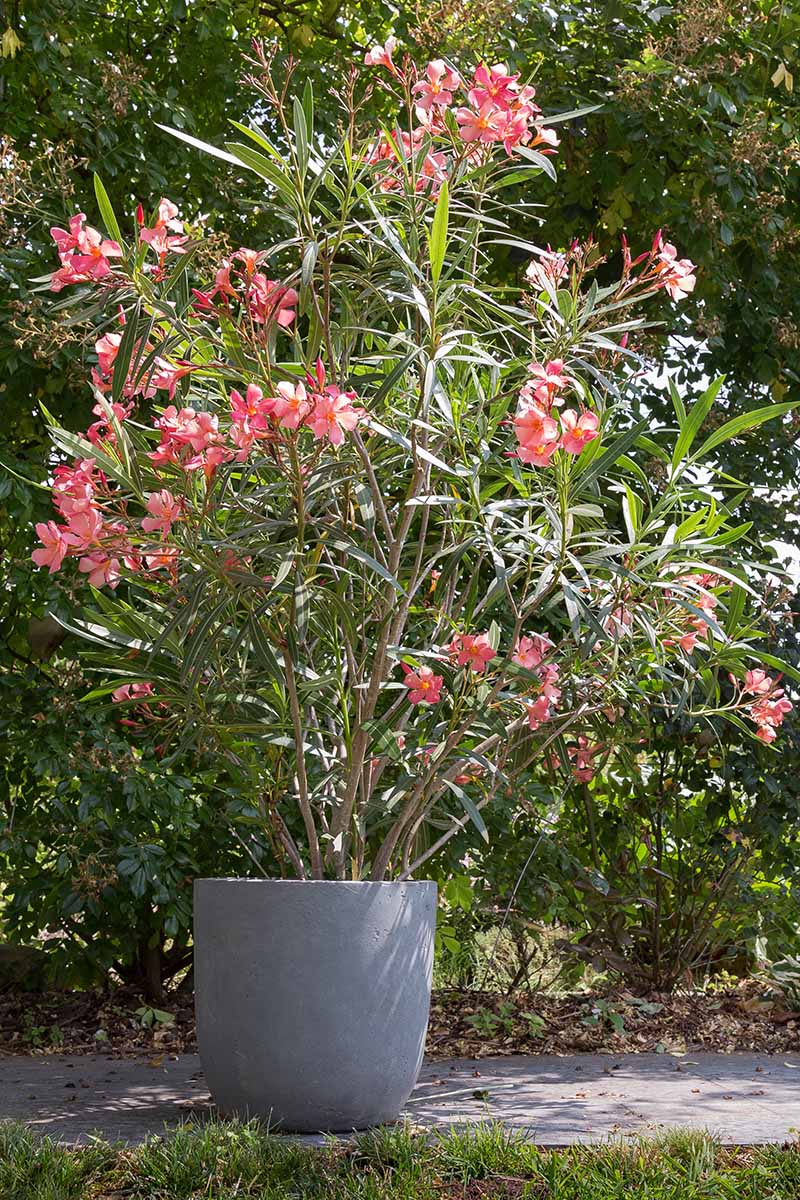
Growing oleander throughout a harsh winter requires preplanning in these areas:
Know Your Weather Patterns
You’ll first need to get familiar with your area’s USDA Hardiness Zone, so you’ll know whether this plant can grow there as a perennial.
I’ll repeat this important message: If you live in Zones 8 to 11, oleander will grow happily in your garden as a perennial, planted outdoors year-round.
But if you’re gardening in Zones 4 to 7, you’ll need to plan to overwinter the plants indoors.
Also, make a note in your gardening journal of your area’s average first frost date. While oleander can survive snowfall and even a hard frost, you’ll aim to have it indoors well ahead of temperature dips below that critical 10°F mark.
Pick the Right Size Plant
You’ll also need to select an appropriate variety to grow.
Ideally, you’ll elect to plant a dwarf variety that will reach three or four feet tall, max. That will make it simpler to find a container for it and to move and repot the plant as needed.
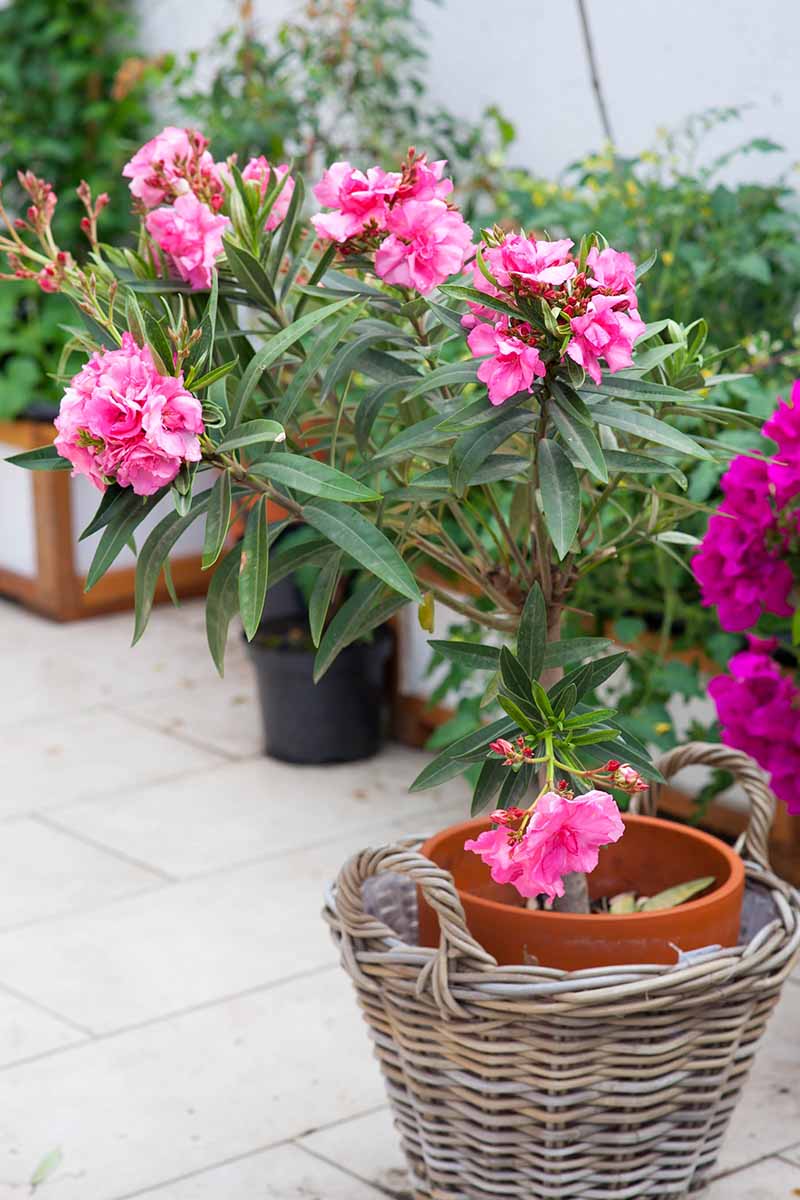
I’ve seen beautiful larger varieties of oleander trained to grow as single-trunk trees in containers though, so you don’t necessarily have to limit your ambitions if you have the space and the strength to provide the winter care these plants require.
Also, consider resting the container on a rolling cart. If it’s easy to move the shrub indoors, you’ll be more likely to complete the chore in a timely manner, with requirements in line with that minimal maintenance feature these shrubs are known for.
Just be prepared to heft heavy containers as your tree gets bigger when it’s time to size up the pot, and make sure you’ll have a space that’s big enough for it to move indoors in cold weather.
Learn more about different types of oleander to grow at home in our roundup.
Choose a Suitable Container
Make sure the pot you choose has drainage holes and provides the plant with room to grow.
For your sake, not the plant’s, it’s also helpful to procure a pot made of lightweight material. But remember that tipping over may become an issue with taller specimens.
If it’s big enough to accommodate a four-foot shrub, a clay or ceramic pot will weigh quite a bit!
Propagate Some Backups
If you’re a bit of a pessimist like I am, part of pre-planning involves propagating a few extra starts from cuttings before you undertake the steps to overwinter your main specimen.
That way, you’ll have backups available if the shrub doesn’t fare well despite your best efforts.
If it does just fine – and it should! – you’ll have extra newbie plants to expand your holdings or share with fellow gardeners.
Plan ahead to take the cuttings in early spring, before the plants begin to flower.
Then propagate new shrublets by following the directions in our guide to oleander care.
Prune Ahead of Time
If you’re planning to cut the tips to shape your shrubs a bit, make sure to do that in late summer or early autumn.
This will allow enough time for the cut ends to harden off ahead of wintry weather – and ahead of the move indoors.
Make the Necessary Moves
When should you move container-grown oleander indoors to overwinter?
Keep in mind that you’re trying to avoid prolonged hard freezes, and to skip the freeze-thaw cycles that can damage your plants.
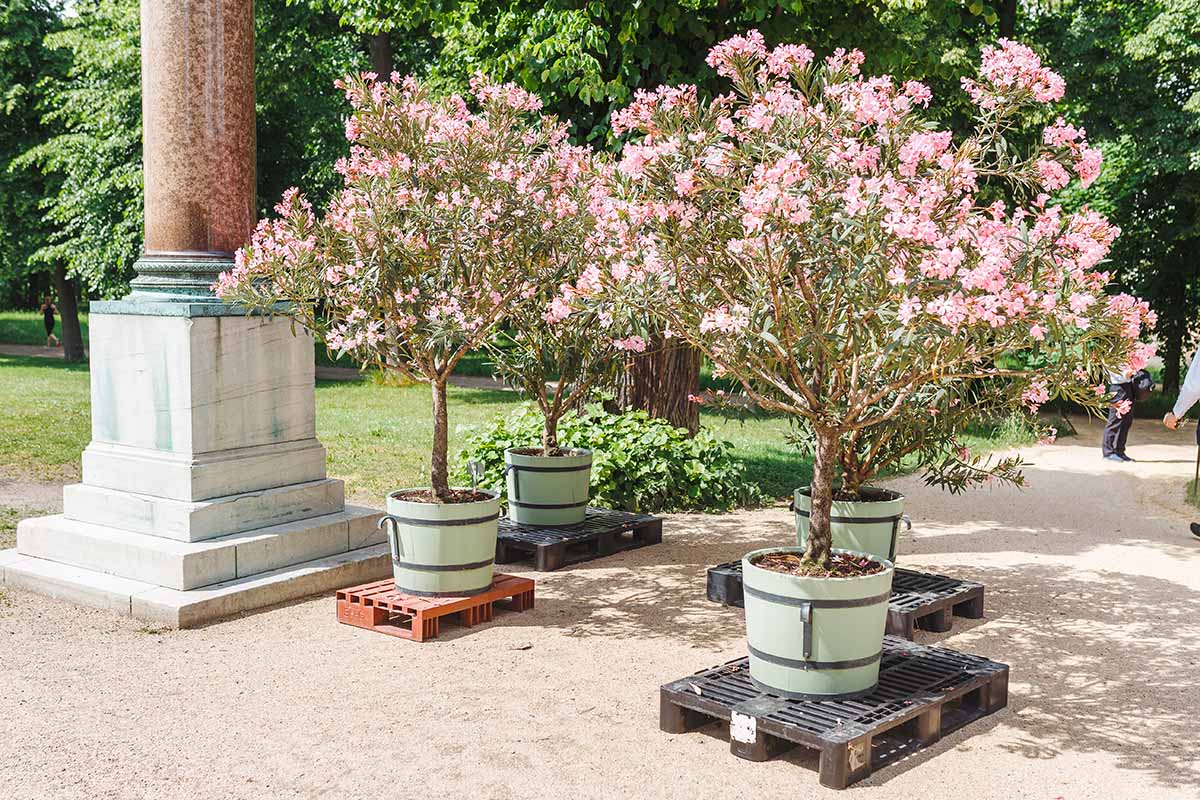
At the same time, oleanders really aren’t intended to be grown inside over a long period of time, so you want to minimize their time spent indoors as much as possible.
A good compromise is to bring them inside when winter temperatures begin to dip to 20°F. Containers may be returned to a protected outdoor area as soon as temperatures are consistently above 40°F in spring.
Ahead of the move, be sure to wash the outside of the containers with soapy water and rinse them off, so you don’t bring any pests or pathogens into the house with them.
Also examine your plants for any pests, and give the foliage a spray with the hose to dislodge any unwanted hitchhikers.
Inside, they need cool temperatures of around 40°F and bright light. A spot near a sunny window in an unheated greenhouse, shed, or garage is ideal.
For most growing in Zones 4 to 7 though, the best idea is to keep the plants in an unheated room where you can keep an eye on them – as long as this doesn’t bring them into areas where pets or unsuspecting humans might want to gnaw on the toxic plants.
Once your plant is inside, skip the fertilizer. Growth stops in the winter when oleander is dormant.
Water needs will be reduced at this time as well. Do give your plant some supplemental water, but only once the soil has become dry a few inches down in the pot.
A soil moisture meter is super handy here. It will tell you when the soil has become dry while also helping you to avoid overwatering.
When temperatures rise above 40°F once more, give it time to get acclimated to the brighter lights and cooler temps outdoors, hardening it off with an additional 30 minutes to an hour of exposure each day over the course of a week or two until it can move back to its outdoor position full-time.
Keep an eye on the weather forecast, and bring it back indoors if a cold snap is imminent.
Wake This Shrub Up When Spring Gets Here
Oleander has so much going for it as an ornamental shrub. It’s resistant to drought, humidity, salt, and deer – but it doesn’t like cold winters!
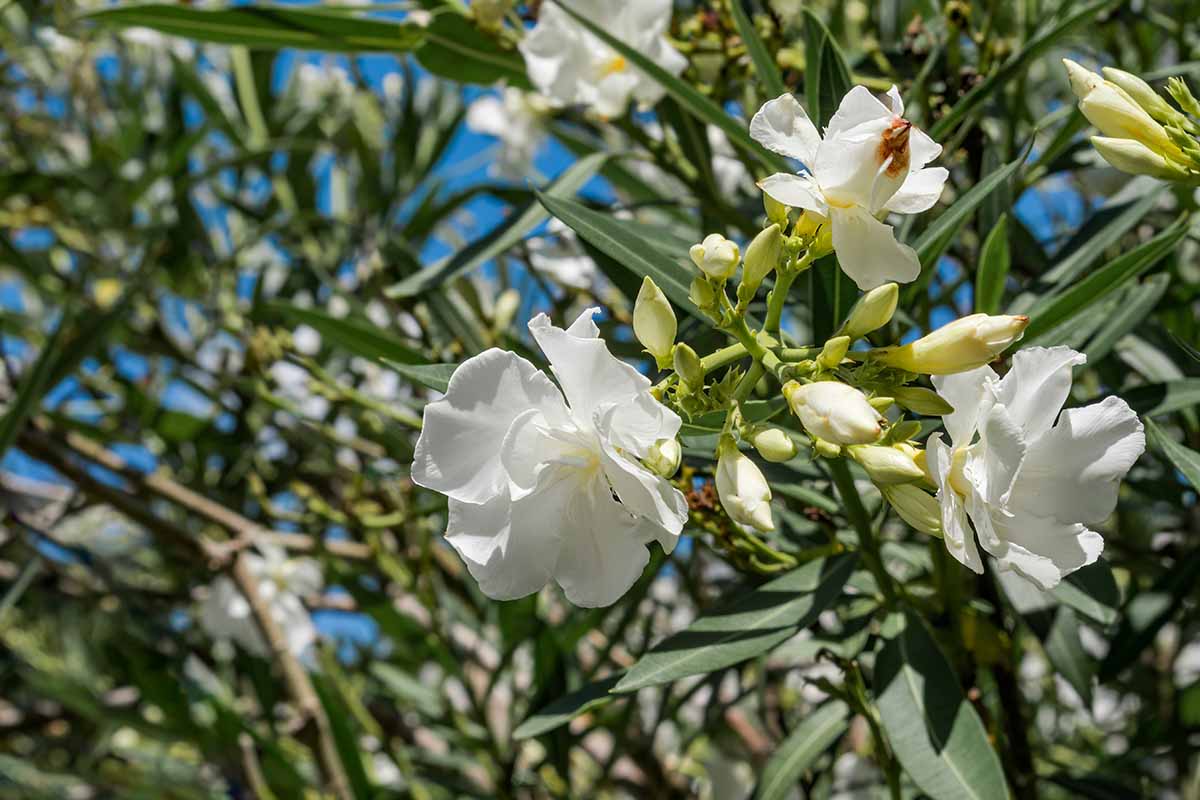
It seems only fair to give this shrub a little TLC if you’re growing it in an area where it won’t live through the winter without the extra attention.
Do you have experience overwintering oleander, or want to know more about an aspect of the process not covered already? Be sure to weigh in via the comments section below.
And if you’re looking for more flowering shrubs that might be suitable for your growing area, take a look at these guides next:

